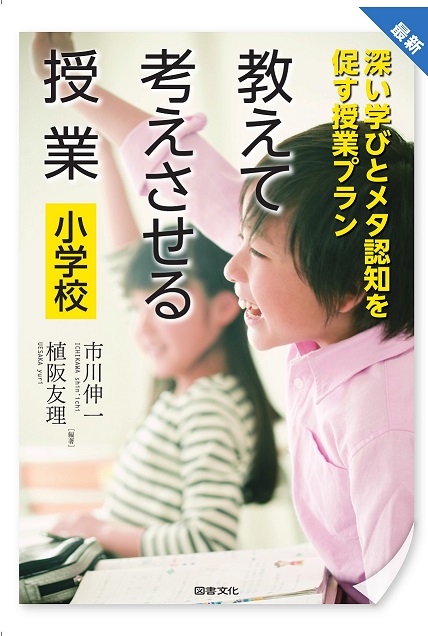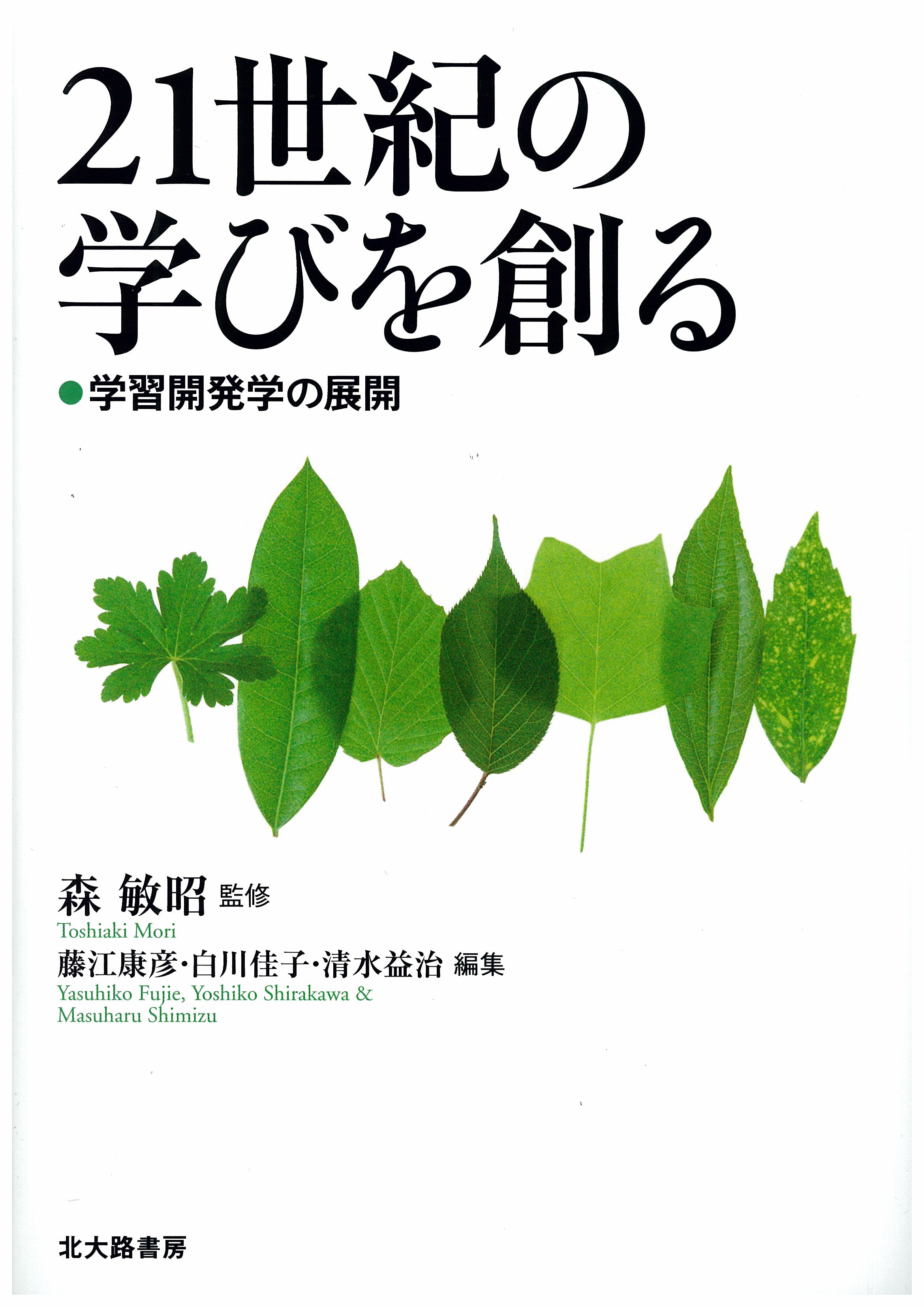
Title
Routledge Research in Achievement and Gifted Education Promoting spontaneous use of learning and reasoning strategies Theory, research, and practice for effective transfer
Size
342 pages, hardcover
Language
English
Released
October 02, 2017
ISBN
9781138680630
Published by
Routledge
Book Info
See Book Availability at Library
Promoting spontaneous use of learning and reasoning strategies
Japanese Page
This book addresses the question of how it may be possible to promote students’ spontaneity in the use of learning and reasoning strategies. Many teachers are familiar with this problem: students learn how to effectively use learning and reasoning strategies, but later they do not use those strategies unless their teachers, their parents, or some other people tell them to do so. Or, they only use the strategies in the setting that they learned those strategies (e.g., the math classroom), but not in other settings (e.g., in science class or in other subjects, at home, etc.). For example, many students learn during their math classes that using diagrams is helpful for solving math word problems, but later when they take tests that include math word problems they do not use diagrams and consequently fail to correctly solve those problems. Finding solutions to this educational challenge is important especially when we consider that one of the essential aims of education is to develop self-regulated learners who would be able to effectively continue learning and take the necessary actions on their own – even in out of school contexts.
There are 19 chapters in this book, plus Introduction and Conclusion chapters. Nine of the 19 chapters have been written by authors in Japanese universities, while the other 10 chapters have been written by authors in leading universities in the US, Europe, and Asia. The book has three sections: theory, research, and practice. The theory section contains five chapters that extend current understanding and provide new insights about the spontaneous use of particular strategies in the authors’ research areas and expertise. For example, in Chapter 1, Manu Kapur (ETH Zurich, Switzerland) and his co-authors explain how the “productive failure” instructional design promotes students’ spontaneous use of their prior knowledge and their generation of constructive ideas, which then lead to deeper understanding and transfer. In another chapter, Chapter 4, Yuri Uesaka (University of Tokyo) and Emmanuel Manalo (Kyoto University) review research in teaching methods for addressing the lack of spontaneity in students’ use of diagrams, and they propose some educational principles that may be effective in addressing the problem of spontaneity not only in the use of diagrams but also other learning strategies. The research section contains six reports of new findings from primary research studies that examine various factors that affect learners’ spontaneity in strategy use. For example, in Chapter 9, Tatsushi Fukaya (Hiroshima University) reports that students are more likely to spontaneously use learning strategies when they are aware that they lack sufficient understanding; and to promote that awareness, getting students to produce explanations and to self evaluate are effective. The practice section contains eight chapters describing classroom practices that the various authors have developed and investigated. For example, in Chapter 15, Clark Chinn (Rutgers University, USA) and his colleagues describe findings from their school-based project for cultivating students’ spontaneous use of reasoning skills, which is based on the development of the students’ deeper understanding about how knowledge is created.
This book is particularly aimed at teachers and researchers who truly care that schooling should cultivate learning and reasoning strategies in students that would be helpful to them not only in school but for the rest of their lives.
(Written by UESAKA Yuri, Associate Professor, Center for Research and Development on Transition from Secondary to Higher Education / 2019)
Table of Contents
Part 1: Theory section
1. Eliciting and Building upon Student-Generated Solutions: Evidence from Productive Failure (Manu Kapur, Ngan Hoe Lee, & June Lee)
2. Promoting Learners’ Spontaneous Use of Effective Questioning: Integrating Research Findings Inside and Outside of Japan (Yoshinori Oyama)
3. Learning from multiple documents: How can we foster multiple document literacy skills in a sustainable way? (Mark Stadtler, Rainer Bromme, & Jean-Francois Rouet)
4. How to Address Student’s Lack of Spontaneity in Diagram Use: Eliciting Educational Principles for the Promotion of Spontaneous Learning Strategy Use in General (Yuri Uesaka & Emmanuel Manalo)
5. Obstacles to the Spontaneous Use of Learning Strategies (and Some Approaches to Overcome Them) (Christof Wecker & Andreas Hetmanek)
Part 2: Research section
6. Second Language Vocabulary Learning: Are Students Cognitive Misers and, If So, Why? (Emmanuel Manalo & Marcus Henning)
7. The Effect of Teaching Styles on Students’ Learning Strategy Use and Interest in Studying Science (Etsuko Tanaka)
8. Effects of Students’ Perceptions of Test Value and Motivation for Learning on Learning Strategy Use in Mathematics (Masayuki Suzuki & Yuan Sun)
9. Applying Metacognition Theory to the Classroom: Decreasing Illusion of Knowing to Promote Learning Strategy Use (Tatsushi Fukaya)
10. Preparatory Learning Behaviors for English as a Second Language Learning: The Effects of Teachers’ Teaching Behaviors During Classroom Lessons (Keita Shinogaya)
11. Developing Regulation Strategies through Computer-Supported Knowledge Building among Tertiary Students (Chunlin Lei & Carol Chan)
Part 3: Practice section
12. Three Approaches to Promoting Spontaneous Use of Learning Strategies: Bridging the Gap Between Research and School Practices (Shin’ichi Ichikawa, Yuri Uesaka, & Emmanuel Manalo)
13. Coding Dosage of Teachers’ Implementation of Activities Using ICAP: A Video Analysis (Glenda S. Stump, Na Li, Seokmin Kang, David Yaghmourian, Dongchen Xu, Joshua Adams, Katherine L. McEldoon, Matthew Lancaster, and Michelene T. H. Chi)
14. Development and Improvement of a Learning Strategy Use Enhancement Program: Use of Lesson Induction and Elaboration Strategies (Mikiko Seo, Mengting Wang, Takeshi Ishizaki, Yuri Uesaka, & Shin’ichi Ichikawa)
15. Epistemic Design: Design to Promote Transferable Epistemic Growth in the PRACCIS Project (Clark Chinn, Ravit Golan Duncan, & Ronald Rinehart)
16. Exploring the scope and boundaries of inquiry strategies: What do young learners generalize from inquiry-based life science learning? (Ala Samarapungavan, Jamison Wills, & Lynn Bryan)
17. PMC2E: Conceptual Representations to Promote Transfer (Cindy Hmelo-Silver, Rebecca Jordan, Suparna Sinha, Yawen Yu, & Catherine Eberbach)
18. Dude, Don’t Start Without Me! Fostering Engagement with Others’ Mathematical Ideas (Noreen M. Webb, Megan L. Franke, Nicholas C. Johnson, Angela C. Turrou, and Marsha Ing)
19. Supporting Teacher Use of Talk Moves During Inquiry Dialogue (Alina Reznitskaya, Ian A. G. Wilkinson, & Joseph Oyler)
Conclusion (Emmanuel Manalo, Yuri Uesaka, & Clark Chinn)
Related Info
Book Review (frontiers in Education 2020年6月1日) https://www.frontiersin.org/articles/10.3389/feduc.2020.00074/full
'This book addresses the critical issue of how to promote students’ use of effective learning strategies. The chapters provide strong theoretical and empirical support for applications drawn from international settings. Researchers and practitioners alike will benefit from the comprehensive coverage of this topic.' - Dale H. Schunk, The University of North Carolina, USA
'“… the search for information is a complex task that places high demand on content-related prior knowledge, self-regulatory skills, working memory capacity, and basal reading skills.” (Stadler et. al., P.48)
As illustrated in this one sentence, chapter after chapter of this important book gives the lie to populist strategy of posing a binary opposition between content knowledge and “21st century” skills or capabilities. The strong and necessary role of knowledge in capability development is clearly exemplified and theorised. The book is an invaluable source for teacher educators and teachers who want their students’ new knowledge and skills to endure—and be used—well beyond the next test or exam.' - Rosemary Hipkins, Chief researcher, New Zealand Council for Educational Research



 Find a book
Find a book




